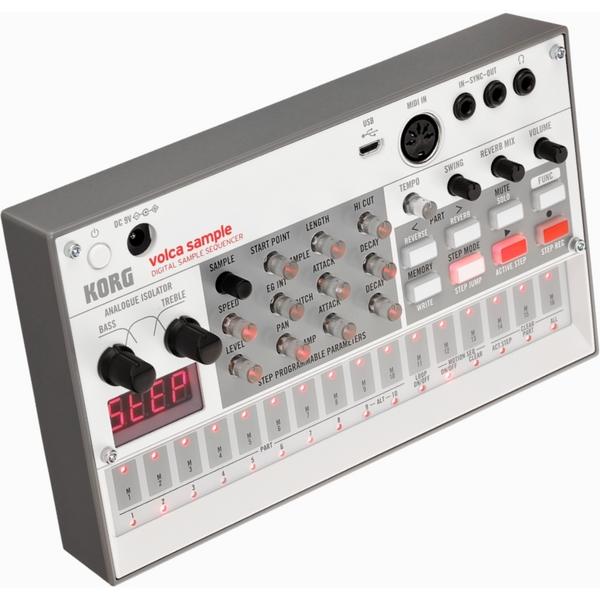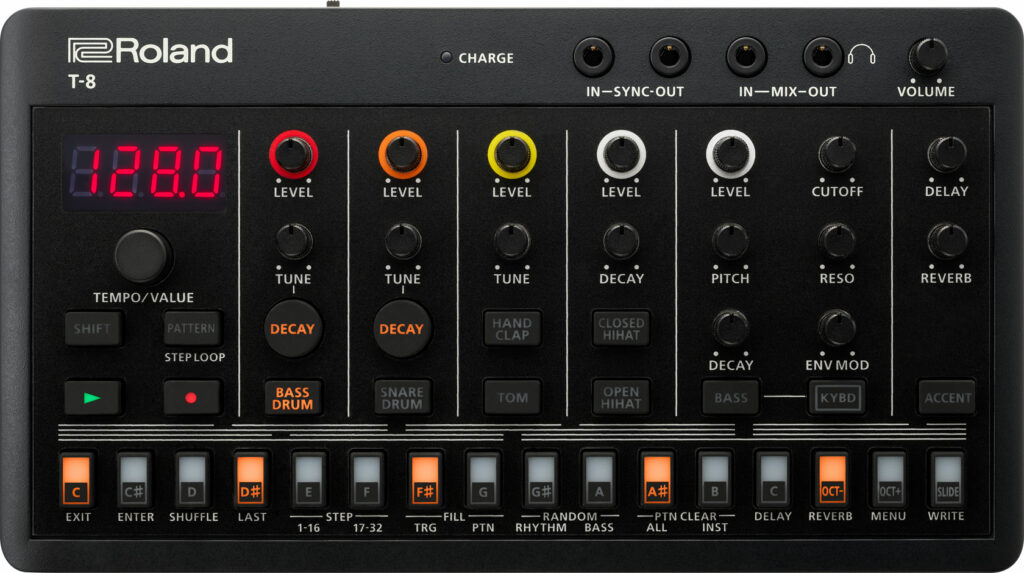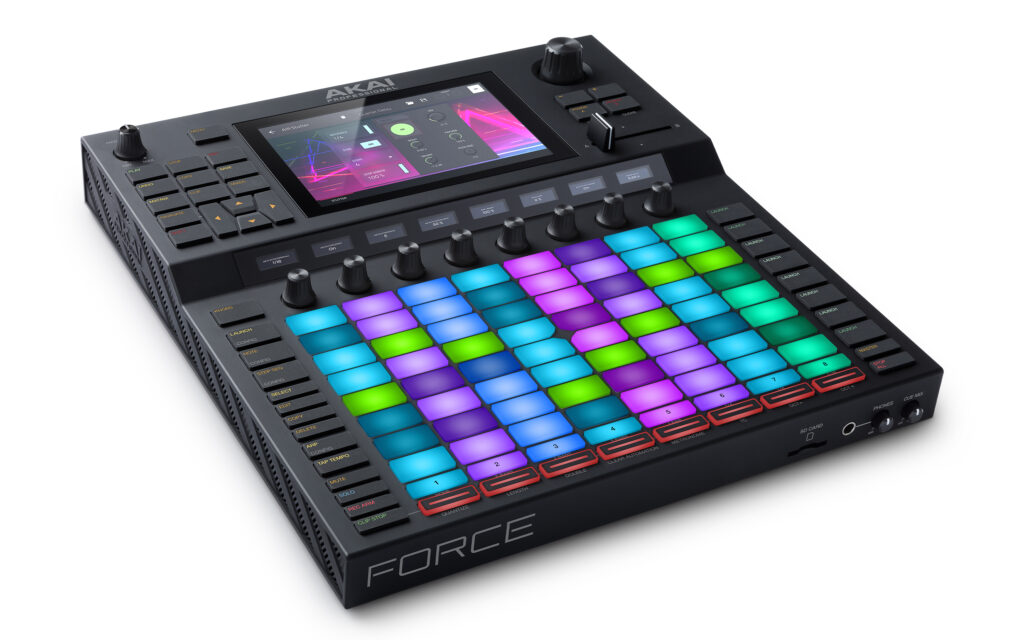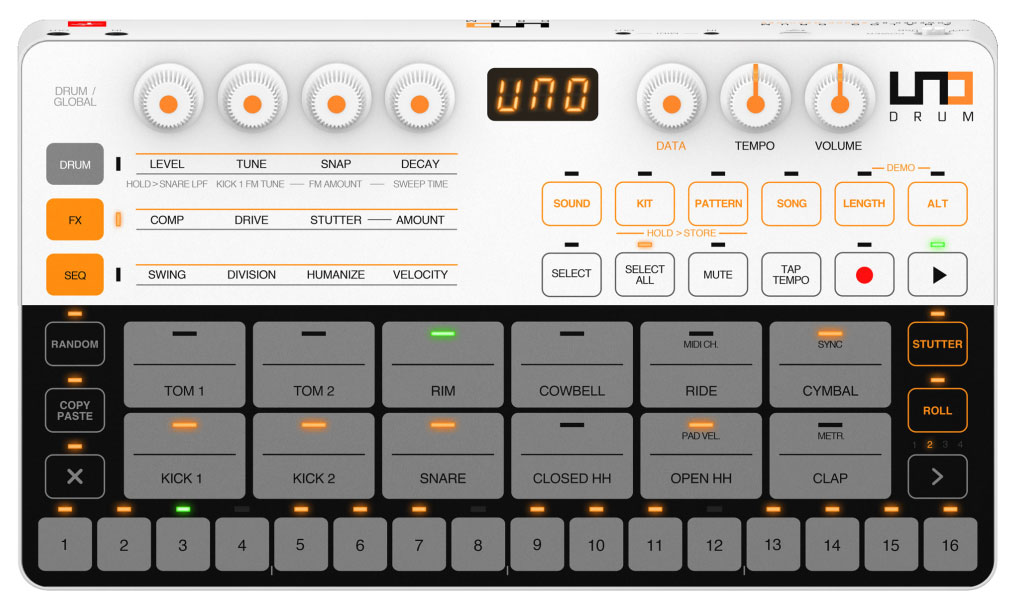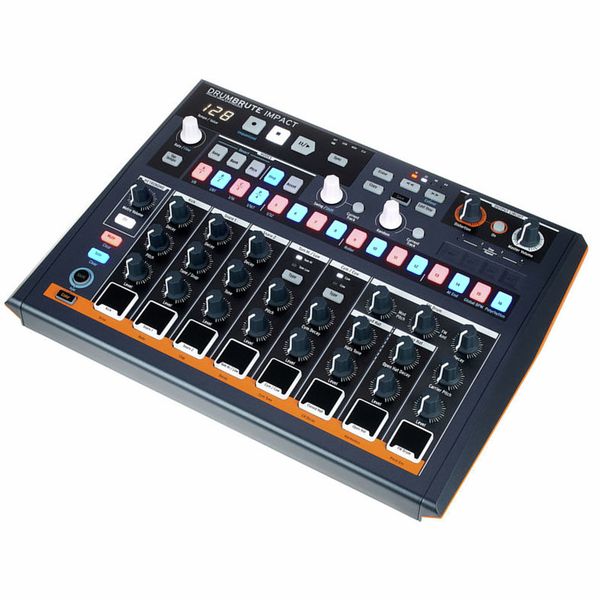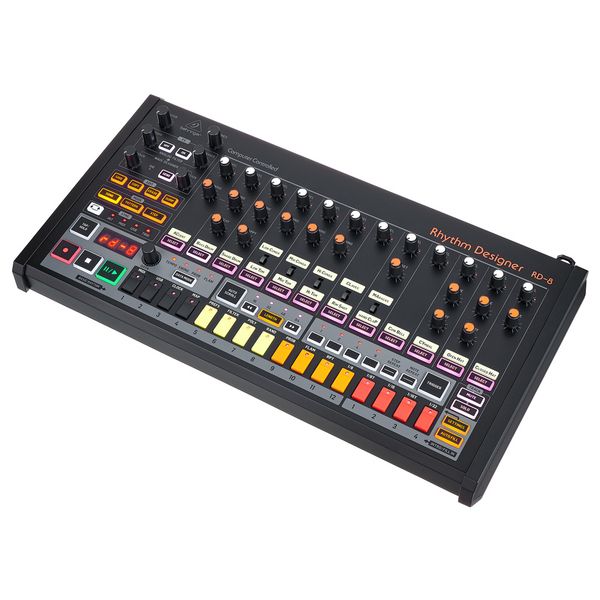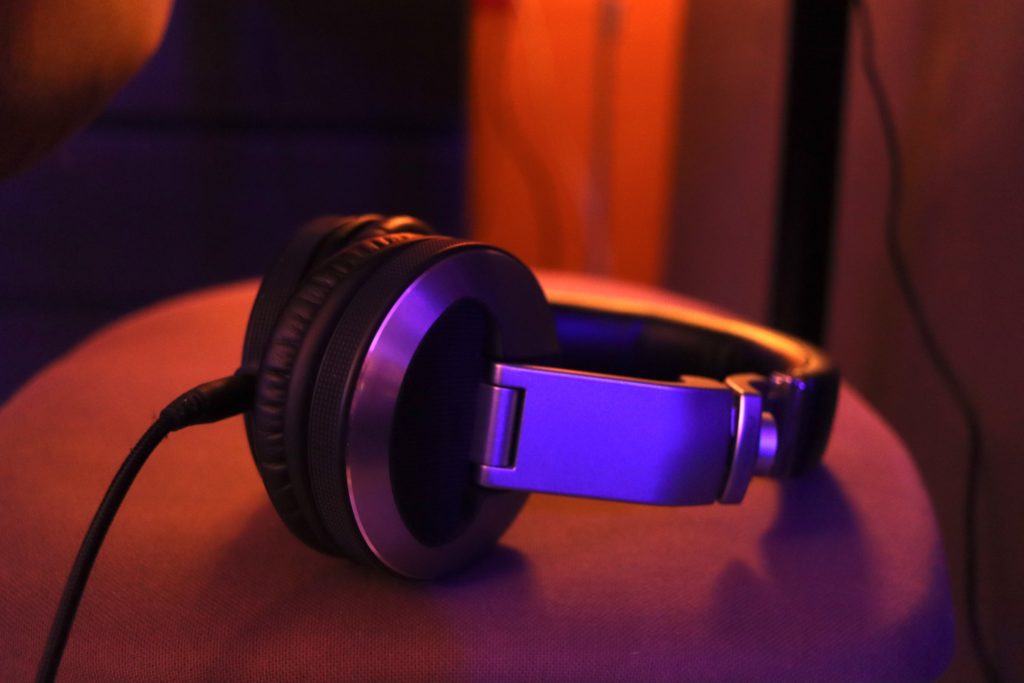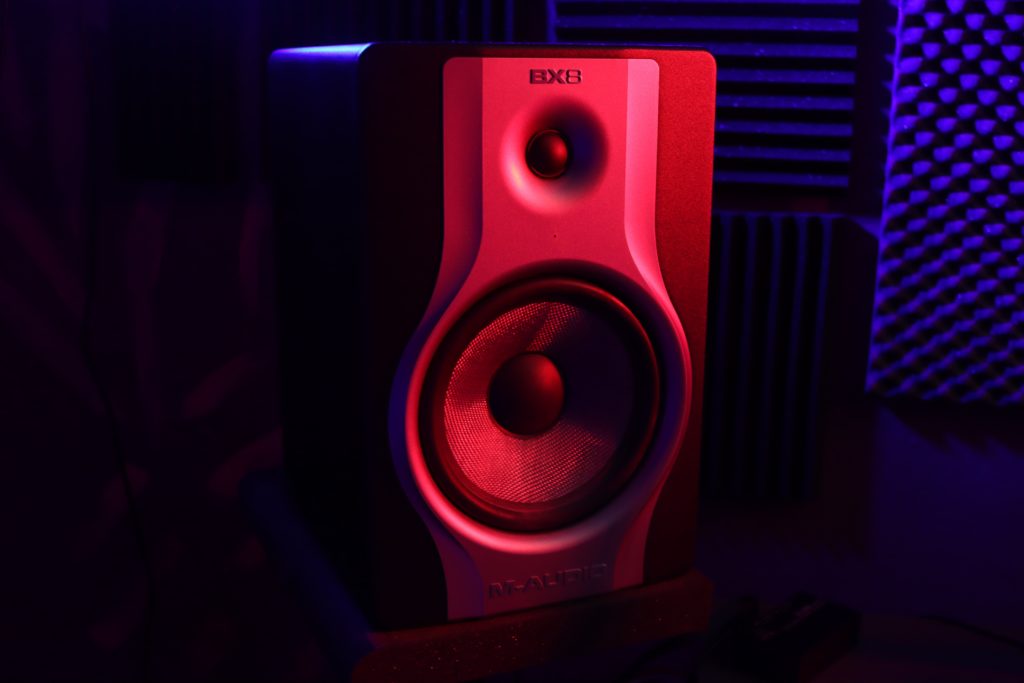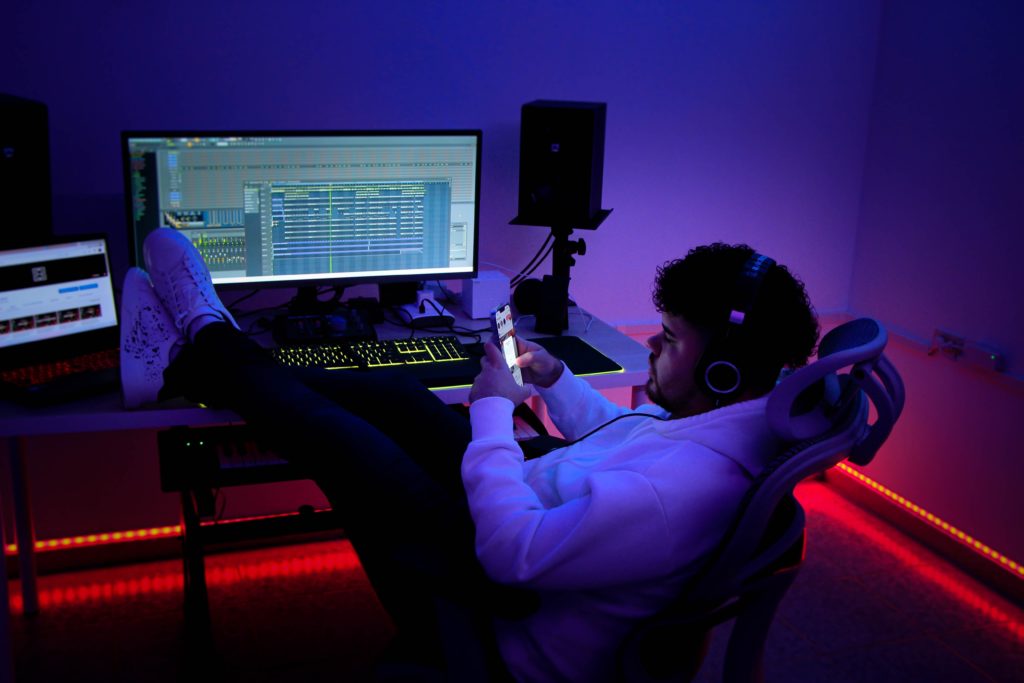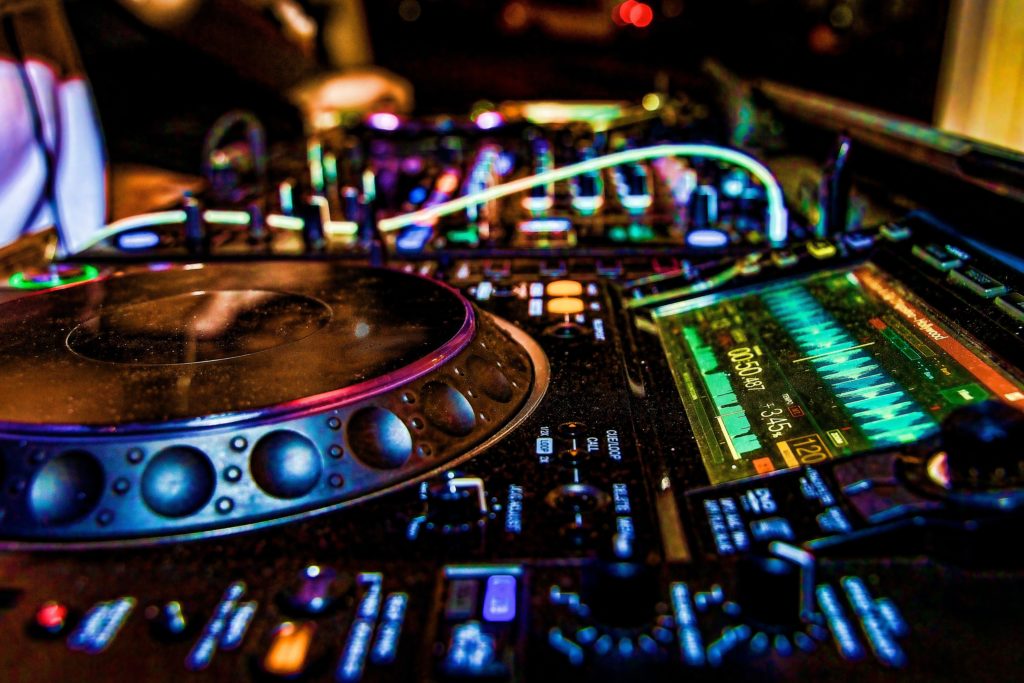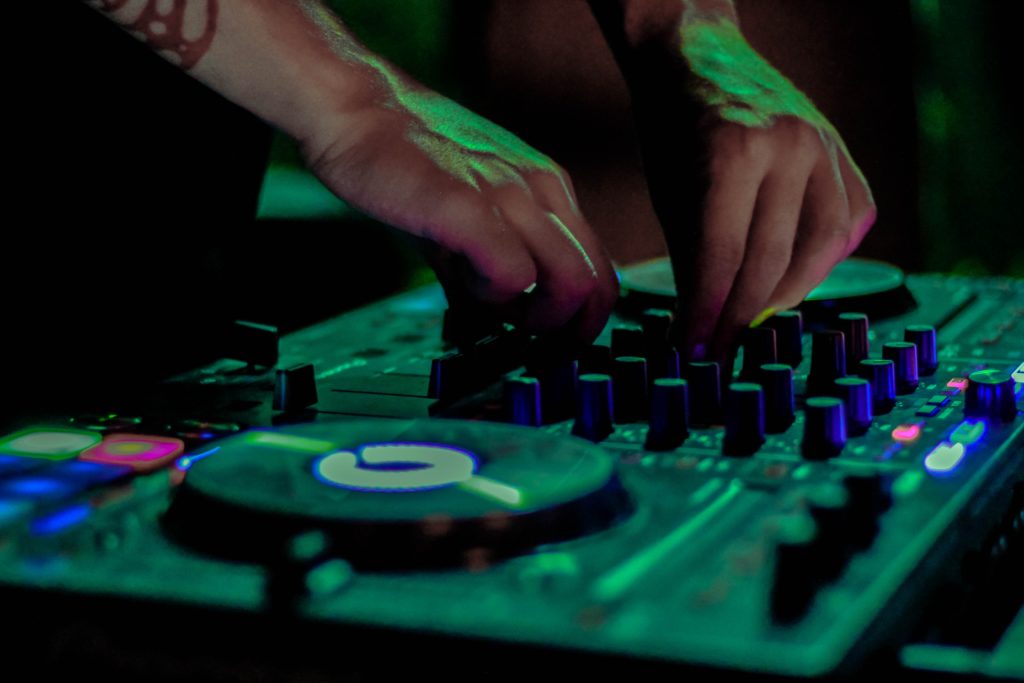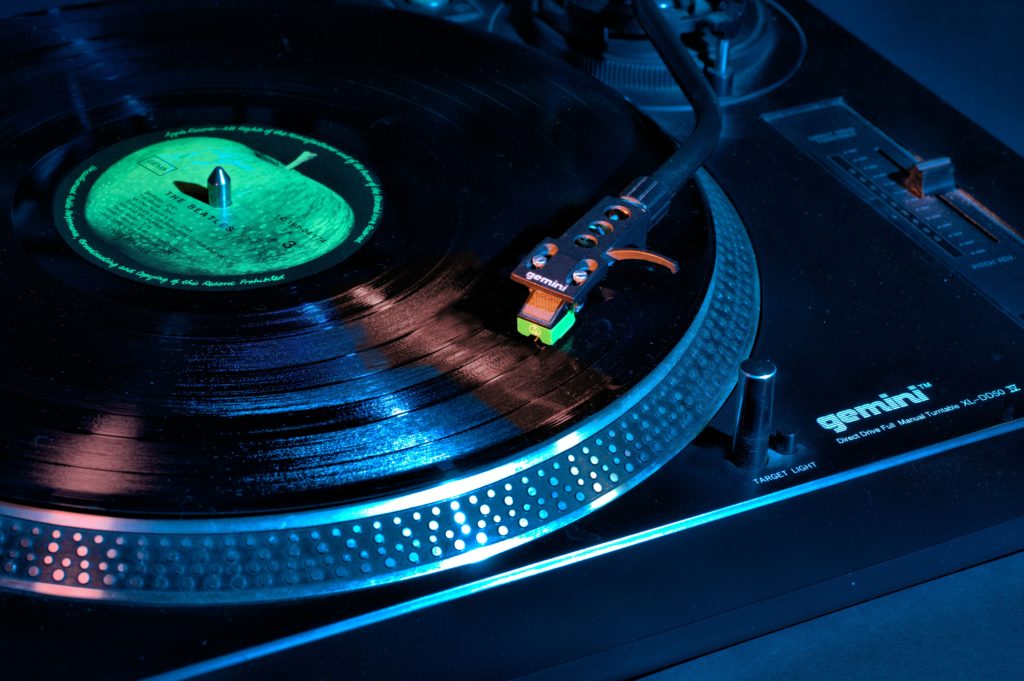Drum machine hardware has begun to trend in the production world again in recent years, mostly thanks to price drops and because of music production hardware coming back to life in general. In some instances, it actually works out to be just as cheap to purchase a piece of hardware as it is to buy a software drum VST! Plus, drum machines offer producers a tactile way to create beats and easily slot these into their production. Of course, you can make the same sounds using software, but it’s always better and more fun to physically punch those snares, hats, and pads into a sequencer first, then make your adjustments and touch-ups in your DAW afterward.
Drum machines continue to be in demand by musicians who perform live and those who want to incorporate a more analog sound into their digital-based mixes. They come in various shapes and sizes: from cheap, workhorse units that work great with a multitude of genres to professional groove boxes that let you sample, add a bass, and make some fantastic lead synths to use in your beats—the spectrum is a far-reaching one, and because they are so versatile and have many different uses, we decided to shortlist the best drum machines that work with both software and as a standalone unit.
Before we delve into our picks, let’s first run through some important points to consider when you’re looking to buy a drum machine and use it for your projects.
Choosing A Suitable Drum Machine
Price is always going to be a determining factor when you’re looking to buy a drum machine, but that’s not all you’ll need to consider when making your selection. The kind of sound you want to make or produce is one of the biggest priorities because this can vary massively between each model. From drum tones from an authentic analog synth circuit to a combination of what you are after should also be a top priority as this can vary enormously between models, from proper analog synth circuit to generate drum tones to digital samples to a combination of both, or a unit that you can tweak and customize these sounds using an SD card or something along the same lines—this is something you’ll need to think carefully about. You’ll also need to think about whether it’s something you’ll be taking on the road or keeping permanently in your studio. If you plan to transport it around with you, you’ll need to consider its weight and portability.
Other factors worth considering include…
Audio outputs:
you’ll also want to consider how many inputs your drum machine needs to have. If you need to process single drum sounds through a multi-channel interface or a mixing desk, you’ll need to have enough ports. The most ideal layout would be one that allows you to separate the output for each individual sound, which can then be sent to its own dedicated channel with separate FX. Of course, you can still get by with one input, but it will add a lot of time and make your workflow harder because you’ll likely need to transfer each sound to your DAW one by one.
MIDI / Sync:
Even though standalone units are the most ideal for producers and performers, there may be points where you want to connect your hardware to your DAW. This means opting for one that is compatible with MIDI and has the ability to synchronize itself to an external time source or a clock.
Performance workflow:
A drum machine that enables you to have an easy performance workflow is a must if you plan to use it on stage or in live settings. The last thing you want is to be messing around with menus and navigating what buttons you need to use while you’re in the middle of a performance. You’ll want something user-friendly with decent-sized pads that allows you to link individual patterns together and create mashups over the top of your tracks.
And now… here’s our list of the best drum machines in 2023. We’ve hand-picked these units for their cost effectiveness, functionality, portability, and style in the hopes that it will take some of the pain out of having to research and choose one that’s going to be the best for you and your workflow. So, let’s dive in!
BEST DRUM MACHINES: OUR TOP PICKS
As you’ll see in our full list below, a decent drum machine can cost anything from a few hundred dollars to a four-figure price tag, especially if it comes with a range of apps and diverse functions. This is why we’ve varied our recommendations to suit everyone’s different preferences and budgets.
The Teenage Engineering PO 32 is our most budget-friendly recommendation, which offers lots more than initially meets the eye. The Korg Volca Beats is another great option in the lower end of the price scale.
At the top end, we have the highly recommended Elektron Analog Rytm MKII, but the manufacturer’s Elektron Model: Cycles is a lot cheaper and offers just as much magic as its more expensive brother.
When it comes to achieving those classic sounds and samples, Behringer’s RD-8 gives users quality 808s that are almost as good as the real deal, while Roland’s TR-6S comes in slightly cheaper and offers you all the XOX kits and other bells and whistles than the Behringer.
Lastly, to give you that full groovebox-style experience, the Novation Circuit Tracks is a brilliant successor to the original Circuit, which comes with a fantastic bank of synths, drum sounds, and excellent sequencing.
Teenage Engineering PO-32
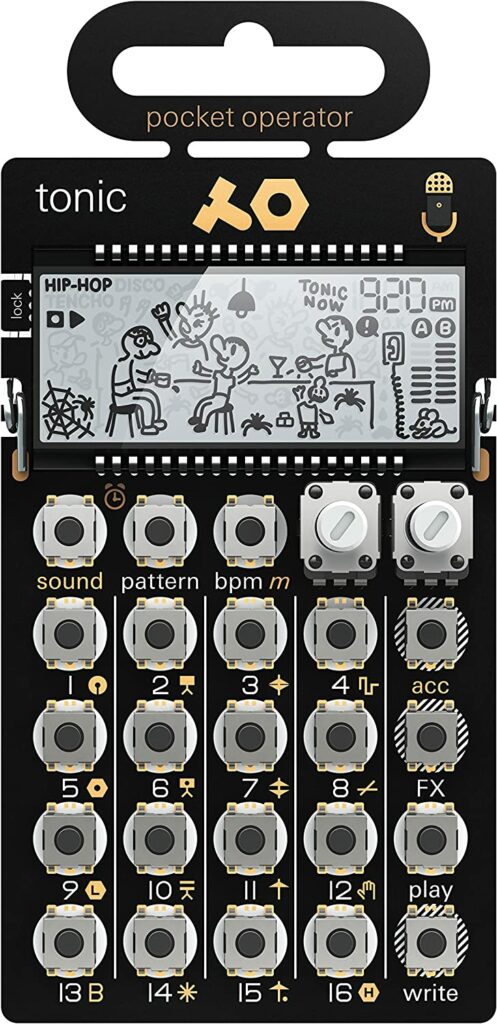
Teenage Engineering’s Pocket Operators are extremely fun and flexible sound creators that can be purchased for a reasonable price, despite looking more like barebones calculators instead of drum machines!
In the range, you’ll find three percussion/drum products: the PO-12 rhythm, the PO-24 office (which deals in noise percussion), and the PO-32 tonic. Alternative models such as the PO-33 K.O! and PO-133 Street Fighter also feature samplers, enabling you to customize and add your own beats.
This last model is creme de la creme, as it also lets you import sounds from Sonic Charge’s MicroTonic drum synth plugin, which gives you the complete freedom to edit and overwrite its original sonic palette. Thanks to the 64 onboard patterns and chaining, you can create an entire song and also sync it to other Pocket Operators and other gear.
Pros
- Super portable
- Great value for money
- Can be combined with other Pocket Operators
Cons
- Not a lot of connections
Summary: This last model is creme de la creme, as it lets you import sounds from Sonic Charge’s MicroTonic drum synth plugin, which gives you the complete freedom to edit and overwrite its original sonic palette
Why We Recommend: Even though the PO-32 can be a bit fiddly to start with, these machines certainly sound great, are heaps of fun, and are extremely affordable.
With the launch of the Volca Sample in 2014, Korg’s entire Volca range took a turn for the better, demonstrating that the range of ‘people’s synths’ can be made into more than simple ‘revitalift’ analog instruments.
When we first tried out this diminutive little sampler, we felt the instrument was hampered by one or two niggles, such as the lack of digital connectivity. The good news is that Korg rectified this problem by updating this model with a micro USB port, improving the memory and MIDI components, and adding a sequencer.
We warmly welcomed the addition of the USB port, as the original model’s reliance on iOS connections definitely dampened its appeal. Now, the memory is more than double the original.
Pros
- USB input makes uploading samples a breeze
- More flexibility with pattern chaining
- More memory and sounds than the V1
Cons
- Doesn't include a USB cable
Summary: We warmly welcomed the addition of the USB port, as the original model’s reliance on iOS connections definitely dampened its appeal. Now, the memory is more than double the original.
Why We Recommend: The Volca 2 is a subtle yet extremely needed and well-targeted upgrade to its original design. The convenience of the scope sequencer along with the extra memory is a huge step up, and given that it’s still highly affordable despite the new upgrades, it’s more tempting now than ever before.
Roland is one of the most trusted names in the industry and has been for decades. If you’ve had a chance to use the highly-acclaimed TR-8s, you’ll know how it gives you a lot of flexibility and different capabilities to explore. And while it doesn’t have as many functions as a full-sized synth, the Aira Compact T-8 Beat Machine is a welcome addition to the family.
This lightweight and compact drum machine is ideal for those who want to make beats on the go. Not only does it make it easy to create complex rhythms thanks to its 32-step TR-REC sequencer, but it also includes advanced rhythm programming, a powerful FX engine, and various onboard MIDI capabilities, sync, and audio connectivities.
Pros
- Lightweight and portable
- Small and durable
- Super fun bass track function
Cons
- Not as flexible as the TR-8s
Summary: Not only does it make it easy to create complex rhythms thanks to its 32-step TR-REC sequencer, but it also includes advanced rhythm programming, a powerful FX engine, and various onboard MIDI capabilities, sync, and audio connectivities.
Why We Recommend:
One of the biggest selling points for us is the fact that the Roland Aira Compact T-8 Beat Machine features the Roland TR-606, TR-808, TR-909, and TB-303 classic sounds, providing you a substantial amount of options to choose from. On top of this, it also comes with a rechargeable lithium-ion battery, giving you 4.5 hours of non-stop use and making it the ideal beat-making companion for your next escapade.
Akais’s Professional Force is a full-blown music production unit. It’s an amazing cross between Ableton Live and the luminary MPC sampling workstation . Not only does it feature an editor and a touch-screen sequencer, but it also comes with a 8×8 matrix for clip-launching. While it highly resembles a MIDI controller, it is in fact a stand-alone piece of gear that lets you create and beat match loops, add samples onto the matrix and grid, tune-up tracks, and create complete mash ups via the sync the button to the master clock.
The Pro Force also allows you to combine MPC-style drum tunes with sequenced synths, MIDI, audio tracks, and loops, to then play over the top of your mix. You can even edit samples in real-time, add sequenced grooves, play with modulation, filters, clip launching, and mix effects all while crossfading between tracks to give one hell of a live DJ performance. There is also a link to Ableton Live, allowing you to integrate seamlessly with any computer studio you desire.
Pros
- Unbelievable beat-making capabilities
- Lightweight and portable
- Great for music production and DJing
- Ableton Live link
Cons
- Expensive
- A lot of unnecessary functions
Summary: In addition to the endless beat-making possibilities, you can edit samples in real-time, add sequenced grooves, play with modulation, filters, clip launching, and mix effects all while crossfading between tracks to give one hell of a live DJ performance.
Why We Recommend: While a bit on the pricey side, the Pro Force is an extremely versatile music production machine. If you just want to make clean-cut beats, we’d recommend going with one of the other units on this list, but if you’re serious about taking your production and beat-making skills up a few levels, this one will take you all the way to the top.
UNO Drum is IK Multimedia’s first-ever foray into the analog world of gear. It’s a hybrid analog/sample playback unit with a great-sounding engine of synths packed into a lightweight and portable plastic casing. While it makes it feel a little fragile, it’s much sturdier and more durable than it looks and can easily handle the battering that most onboard gear is prone to.
It features a genuine analogue kick, hit hat, and snare clap which sound warm, authentic, and rich.These can be partnered up with 54 different PCM sounds straight out of IK’s SampleTank library of samples. You can also explore more than 100 preset kits in addition to an ery powerful and versatile sequencer that has effects like Roll and Stutter to give you patterns a fine polish, along with a 100-pattern memory.
Pros
- Great value for money
- Easy to use and portable
Cons
- Buttons not as good as pads
Summary: The UNO Drum features a genuine analogue kick, hit hat, and snare clap which sound warm, authentic, and rich.These can be partnered up with 54 different PCM sounds straight out of IK’s SampleTank library of samples.
Why We Recommend: Considering this is IK’s first piece of analog drum gear, we were extremely impressed by the amount of functions and manueverability you have with this unit. Despite the buttons feeling a bit cheap, the overall unit is pretty rugged, and for the price, you really can’t go wrong.
Like its larger sibling ‘the DrumBrute’, Arturia’s DrumBrute Impact is coupled with a sequencer that houses an all-analogue drum synth engine with highly flexible pattern capabilities for saving/song mode. In terms of looks, the Impact is pretty similar to its big brother and is encased in a solid, dark blue chassis like the rest of the ‘Brute’ range.
It’s also a stripped back version of the DrumBrute, as it only has 10 instruments compared to the original’s 17, however, you still have a range of great options to play with, and the actual sound engine has had a huge overhaul. Arturia switched out the Parker and Steiner filter for a meatier distortion effect, which enables you to add some real grit to your beats. It also has both velocity-sensitive and pressure pads, while the Roller and Beat tools on the sequencer allow you to spice up breaks and turnarounds.
Pros
- Killer sequencer with quality drum sounds
- Amazing analogue distortion
- Handy color parameter
Cons
- Doesn’t sound the most versatile
Summary: Arturia switched out the Parker and Steiner filter for a meatier distortion effect, which enables you to add some real grit to your beats. It also has both velocity-sensitive and pressure pads, while the Roller and Beat tools on the sequencer allow you to spice up breaks and turnarounds.
Why We Recommend: Thanks to the ample 64-pattern crop of slots, users get plenty of space to save their grooves in this machine. Even though it’s much smaller than its predecessor, it’s still a very powerful bit of kit. For the price, it’s an extremely enticing, inspiring, and affordable drum machine, to say the least.
Roland has stated it has no plans to relaunch the world-acclaimed analogue TR-808, so presumably that’s why Behringer chose to give it a go when it brought us the RD-8. Even though the design is inherently different from the original, it’s still bang on in terms of what it offers. From its meaty, warm analogue sound engine with kicks, snares, and toms that are impeccably similar to the original to its own set of pitched cymbals, hats, and cowbells—the RD-8 is an all- round sound beast that delivers on all fronts.
The only thing that might knock off a few points for some is how chunky the whole thing is, but then again, it was built in the Roland TR’s image, which gives it that authentic feel. It’s large size also means users can take advantage of 11 full jack outputs for every one of the tracks, and you also get a brilliant little return input which allows you to hook up an external effects loop.
When it comes to the sequencer, there’s been some solid updates for this bad boy. Instead of the original dial, there are now track selector buttons, as well as individual tuning for the kick, mute and solo features, plus note repeat. You’ll also find a completely revamped song system complete with fills, flams, and probability steps, which are more than welcomed.
Pros
- Closest you’ll get to an original 808
- More up to date than Roland’s original TR-808
- Tactile, responsive buttons
- Great for the price
Cons
- Some might find it a bit chunky
Summary:
- Analog Filter Wave Designer Effects
- 11 Individual Outputs
- MIDI In/Out/Thru
- with 16 Sounds
Why We Recommend: All minor qualms aside, the RD-88 produces a solid sound and has a great workflow and feel that’s highly akin to the original. It’s the closest thing you’ll find on the market to a real 808 for the time being, and given the price, it’s a pretty remarkable unit.
FAQ
Drum machines allow you to duplicate the distinct rhythms made by a drum set by playing back recorded samples or electronically manufactured sounds. The drum machine can then be used to tap out and record drum patterns for replay. Additionally, there are other tools that let you change your rhythms, tempo, add effects, and much more.
Electronic musical instruments that may produce percussive sounds include drum machines. Drummers occasionally utilize drum machines for experimentation, but they are generally thought to belong more to DJs and producers.
What drum machine is best depends primarily on you and what you are looking to use it for because they all have distinct features and differences. The Korg Volca is definitely one of our favorite picks for the greatest all-around drum machine because of how dynamic it is in terms of the variety of real sounds for sampling and simple mixing interface. Additionally, it’s lightweight, portable, and has characteristics that make it perfect for mixing and performing.


